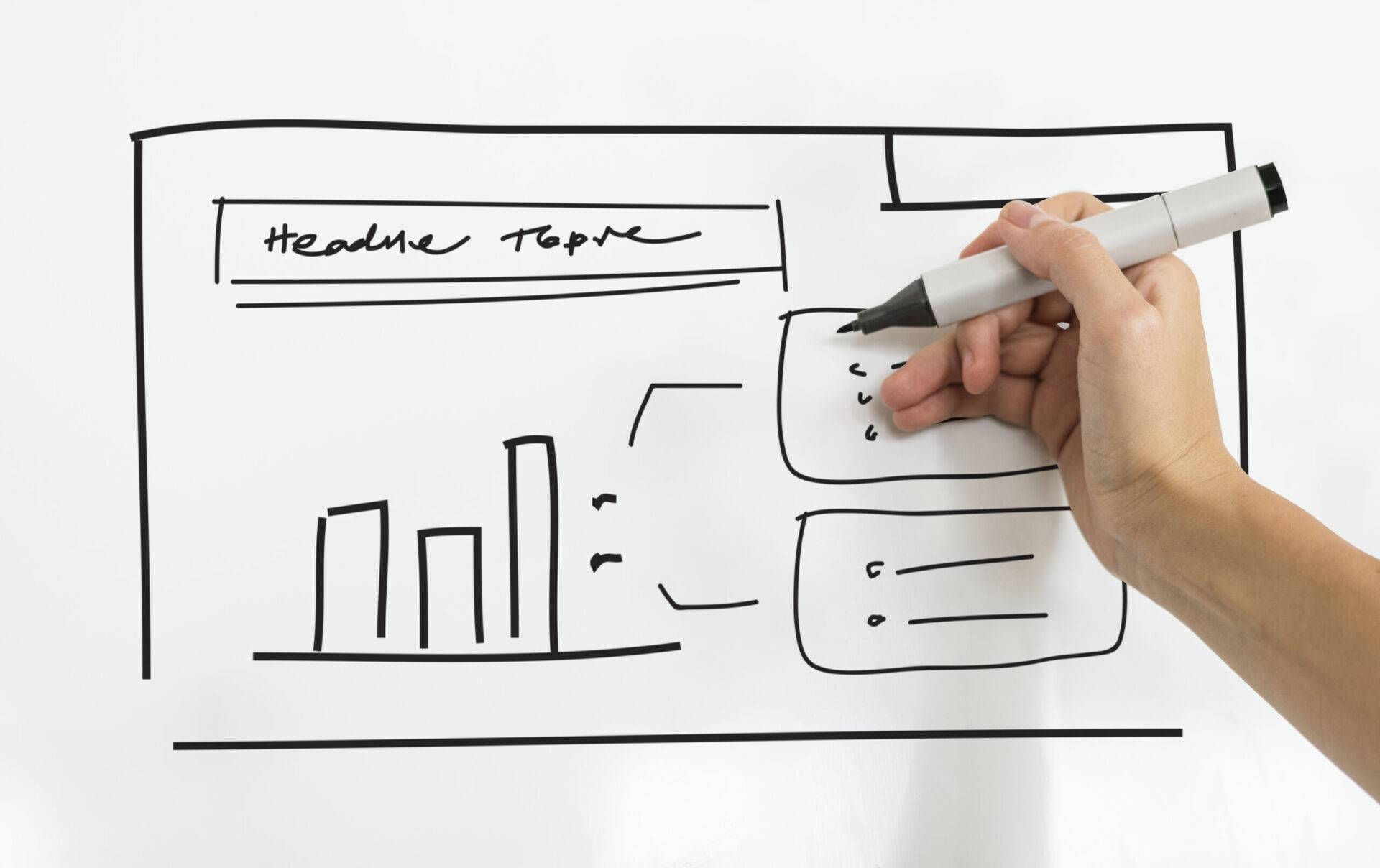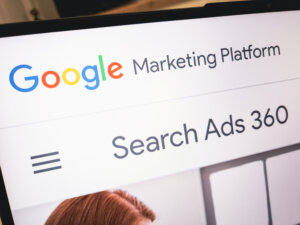A whiteboard provides a form of visual communication for many businesses from healthcare to technology, to manufacturing to marketing or education. A whiteboard is like a blank sheet of paper, only it is made out of metal and is an erasable board similar to a blackboard. Because it is used for information communication, one can say it is a form of documentation.
Uses
There are many uses of the whiteboard. It can be used for displaying
- project scheduling, task listing, check off lists,
- groupings, procedures, processes,
- mapping associations, diagramming, etc.
Advantages
A whiteboard has many advantages, which include ease of use, readability, be visually appealing, and the following benefits:
- Users can easily describe and walk viewers through each step of a process or procedure that has to be accomplished.
- Users can convey designs and prototypes more easily.
- Users can design new software and work out details while collaborating at the same time.
- Users can get inspired to generate more ideas and concepts, resolve issues, and map out plans.
- Users can provide story telling for deeper clarity of various theories and models, and much more.
Benefits
Users like it because during any meeting or presentation, the whiteboard can provide a lot of uses, such as:
- Helping viewers to be more organized by listing tasks.
- Allowing writing and rewriting, or adding and removing thoughts and ideas via a list, such as when trying to develop standards, new systems, or new strategies.
- Sharing information with everyone for easier reviewing in illustration form and which will in turn allow viewers to recall facts and information more easily as images and symbols can be used to enhance what is displayed.
- Allowing the numbering of events of a, for example, meeting or process and then circling and segmenting out small model cases to focus on to complete a task.
- Providing the ability to create charts such as flow and/or tree diagraming.
- Providing easier grouping of objects where associated items are combined and categorized.
- Creating a display of data bases and models of a system and how they are related.
- Allowing free-hand diagramming of related items, such as through the use of mapping
- Allowing the display of different ideas, questionable items, classification of systems, relations, processes, as well as timelines from beginning to end with all their critical paths.
- Providing the atmosphere for collaboration, viewing, thinking, and individuals contributing ideas, resulting in producing immediate feedback.
- Creating hierarchies for organizations and getting immediate reactions to what viewers see.
- Communicating a clear and understandable direction from what is pictured, or an analysis, or evaluation of what is on the board.
A whiteboard allows viewers to create a physical representation from all the information that has been written, created, or designed on the board. Viewers immediately see what the topic is and can quickly respond to the information. They provide immediate interaction among viewers. A whiteboard has many advantages and uses.
If you have anything to add to this post, please leave a comment. Thank you.
 Sections of this topic
Sections of this topic
















